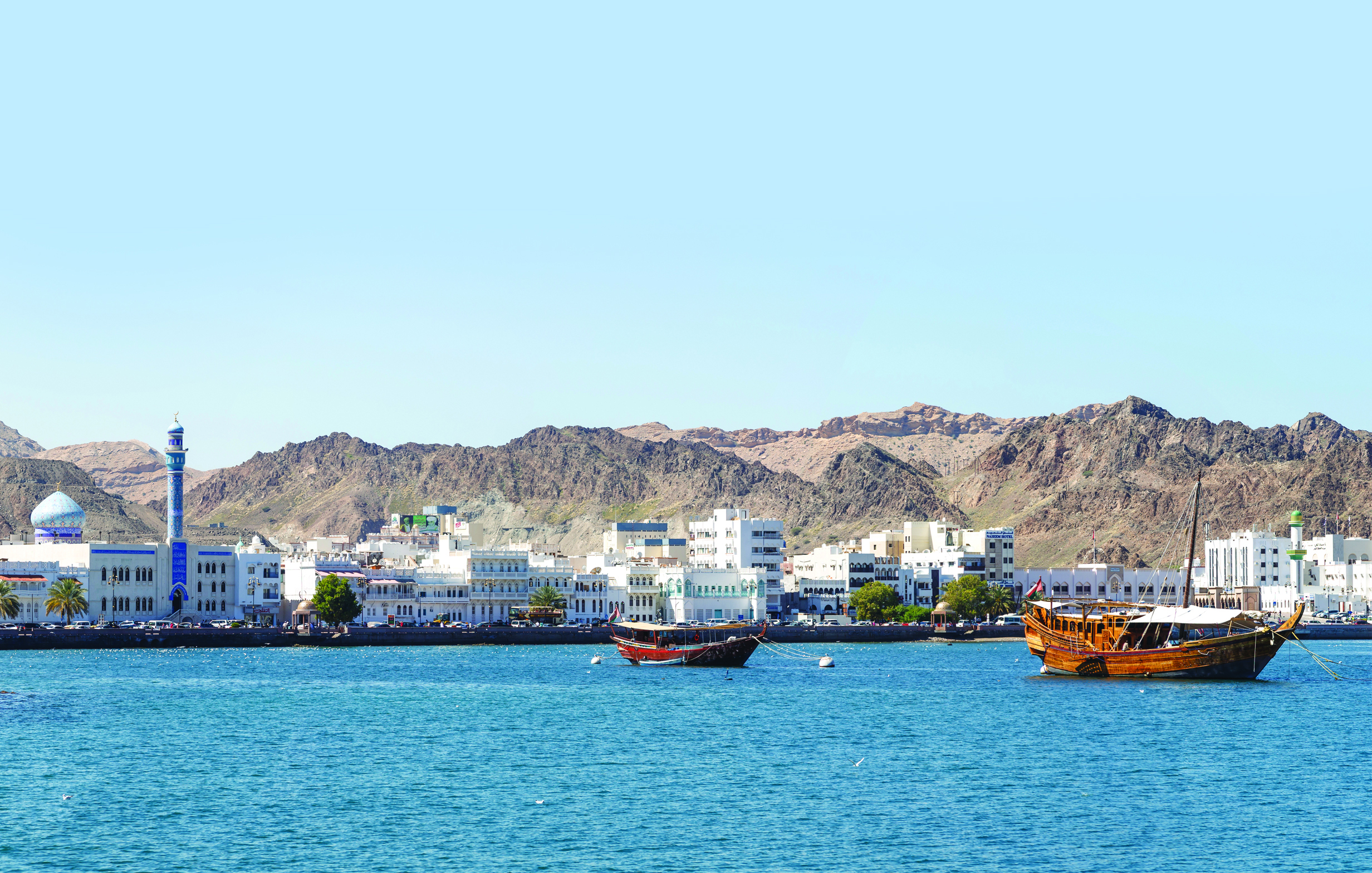
About its port
Did you know that “Muscat” originally meant “place of anchorage”? In fact, the story of Muscat has always been linked to its role as harbour. The ancient Greek sailors called it “the hidden port” and it is one of the few natural ports of Oman.
About its access
Most of the people know that the town walls around the city were built during the Portuguese times to protect the city, with three gates to give access to it.
But what many people do not know is that each door was used for different entrees. Bab Alsaghir (the small door) was to be used only for pedestrians and donkeys. Bab Alkabeer (or the big gate) was for the use of small vehicles. This door was closed three hours after sunset, after this time it could only be opened with a special permission from the wali. The third door, Bab Mathaeeb was most of the time closed, and was only used for larger vehicles going from Muttrah to Muscat exclusively, and only if they had been granted permission beforehand. As well, until 1929, Muscat was only accessible by boat or following the mountain footpaths.
About its history
Muscat has not always been the capital. Oman’s capital shifted along history: Qalhat, Bahla, Sohar, Nizwa, Rustaq... all had their minute of fame. Muscat was appointed capital in 1786. As well, before 1970, Muscat was a separate entity from Oman and the country was known as the Sultanate of Oman and Muscat. Oman was referred as the interior part of the country whereas Muscat was referred to the coastal strip around Muscat.—[email protected]